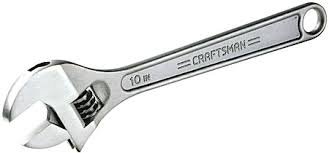- Joined
- Dec 25, 2011
- Messages
- 10,511
Of course everyone is free to remove the chuck whichever way they want to. But the only two circumstances where I might resort to any method other than locking the spindle with the back gears and pulling on the chuck key by hand would be (1) a new to me lathe that arrived with a chuck on the spindle and two tries the standard way didn't break it loose and (2) if I had ever been dumb enough to run the carriage into the chuck. Any chuck so fragile that it might be damaged while removing it this way is too fragile to live, anyway.


